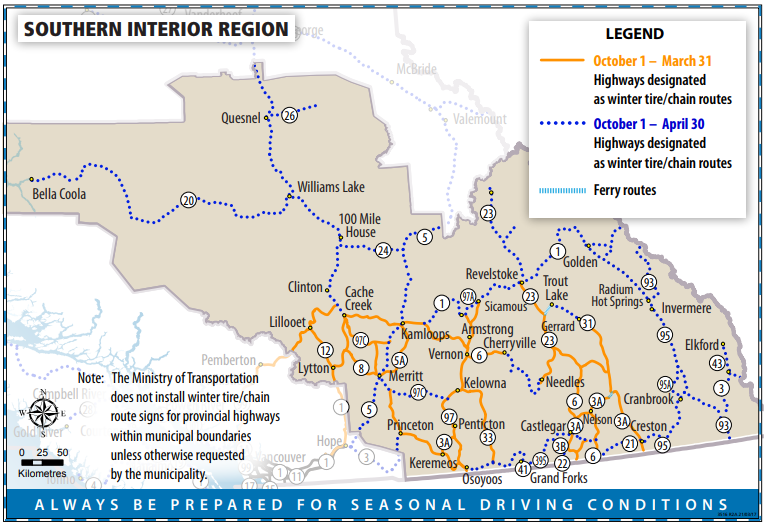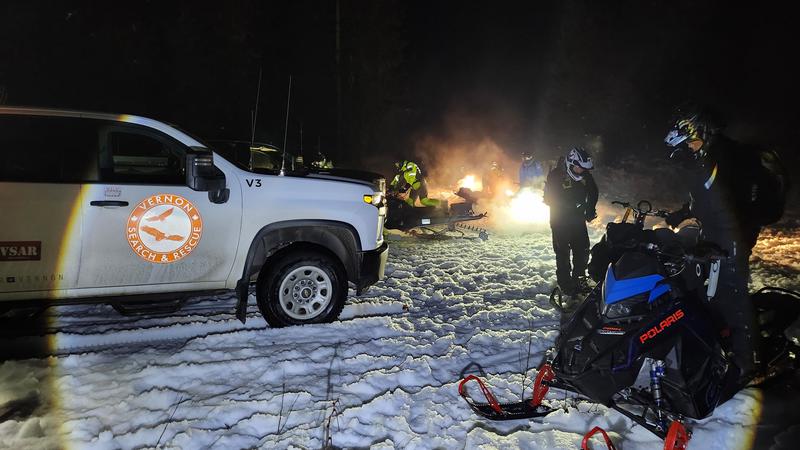
Winter tire requirements take effect Tuesday
Motorists travelling through B.C. need to make sure their tires have been changed.
The requirement to use winter tires when driving on the highway took effect Tuesday, Oct. 1.
The requirement came into place the same day that the annual Shift Into Winter safety campaign was launched by the Road Safety at Work organization.
“Winter tires aren’t just for snow and ice. They also provide better traction in rain and the cooler temperatures we’re already seeing at night,” Trace Acres, program director of Road Safety at Work, a WorkSafeBC-funded Injury Reduction Initiative, stated.













